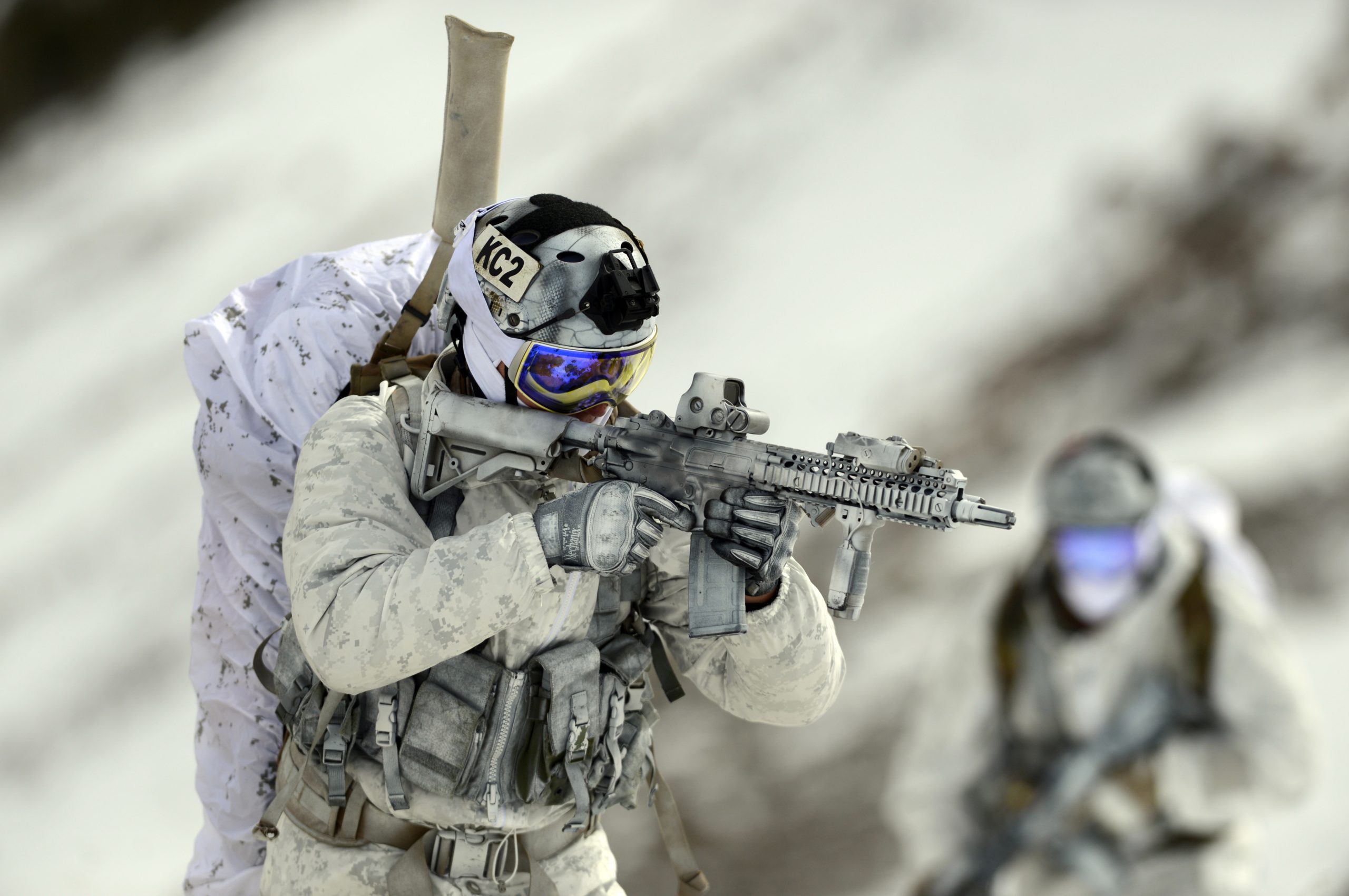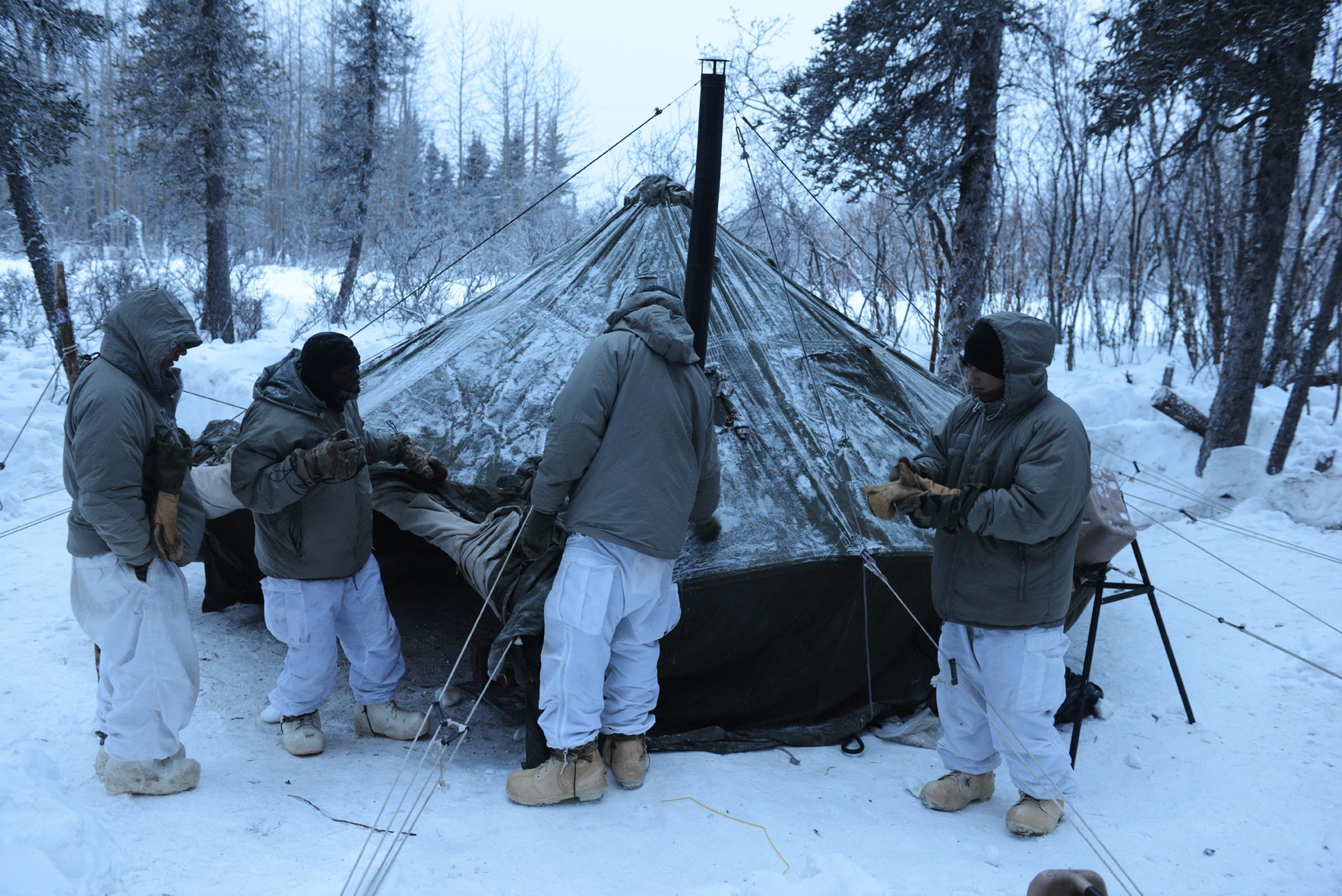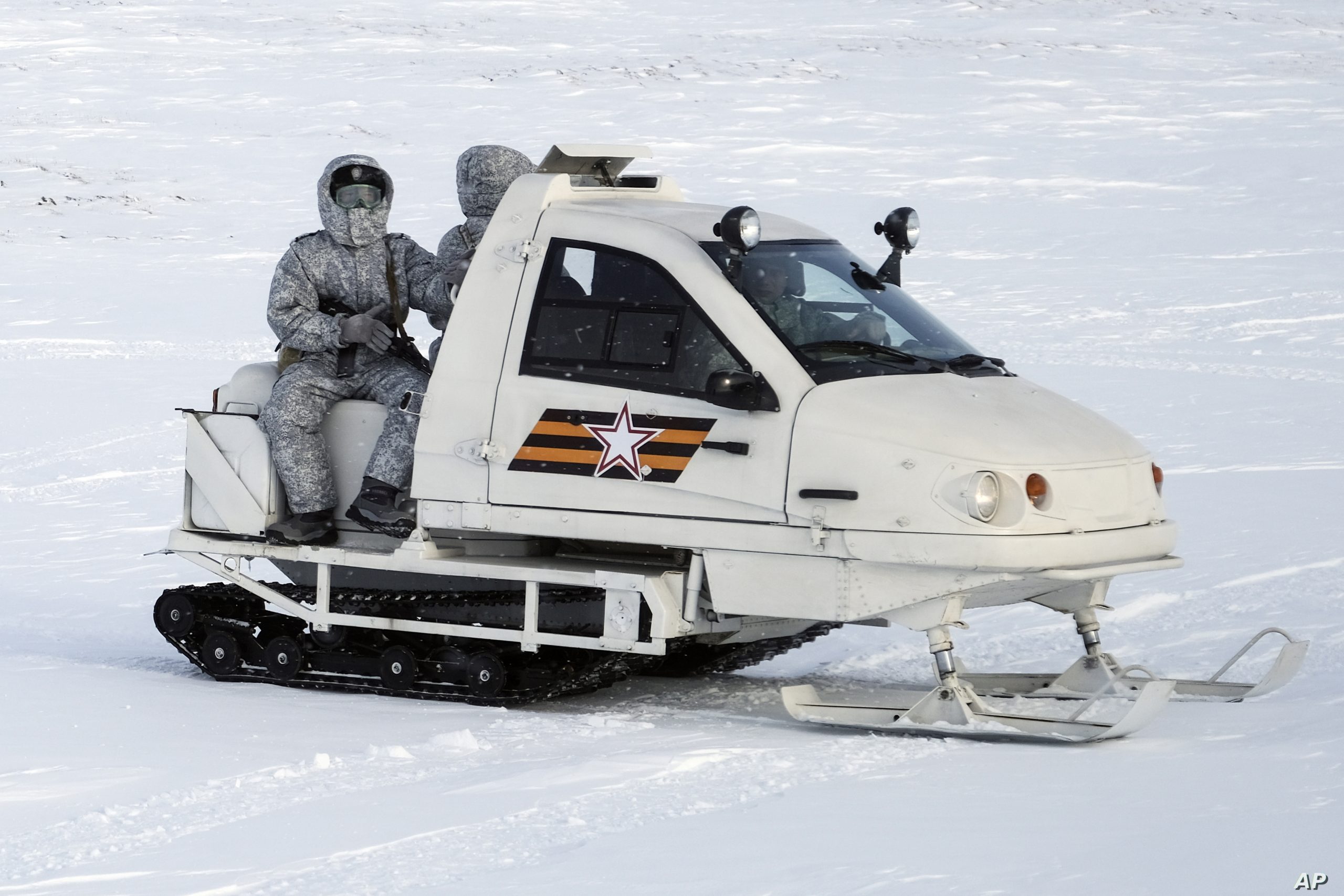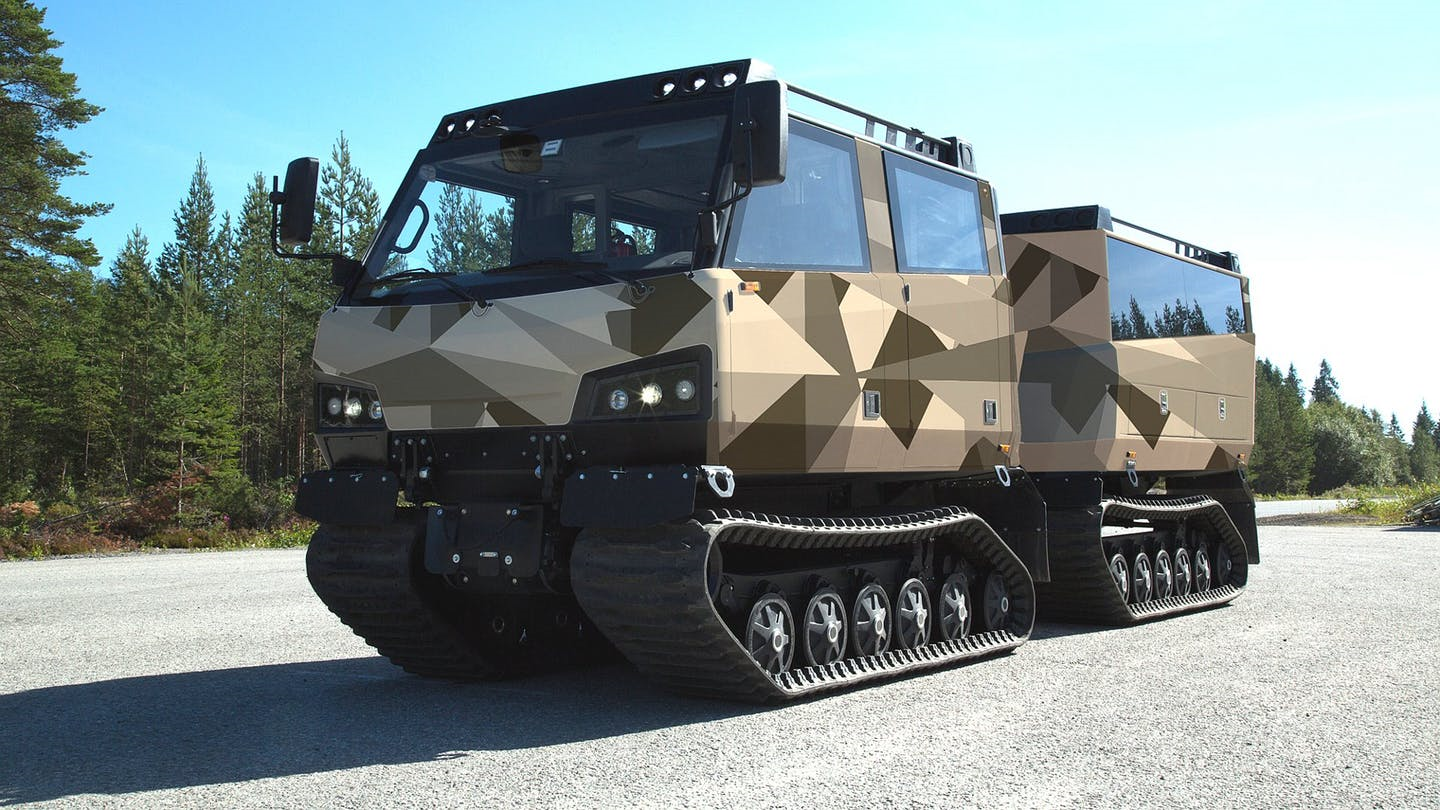
Climate change and the geographical struggle to control natural resources in cold environments has made the need to operate in extreme cold more likely.
There is renewed attention being given to conducting military operations in cold and extreme cold. This is partly due to a shift, more accurately a return, to geopolitical dynamics of the Cold War period. The reality is that conducting any type of operation, and especially combat, in cold weather involves specific challenges. It requires special training and equipment, as well as tactical and logistics considerations. Military history demonstrates that forces fighting in cold weather face not just the opposing army but also a ‘harsh winter’ opponent that can be merciless to both sides. The force most prepared for its conditions has a significant advantage. Those that are not will suffer.
Three particular areas in which special consideration must be given are the soldier’s personal equipment and uniforms, shelters, and vehicles.
Living and working in the cold requires personal gear specifically designed to accommodate the severe environment. For the soldier this is compounded by the possibility of being exposed to these conditions for extended periods. They face not only extreme temperatures but also chilling winds and rapidly changing ground conditions. The later can range from snow or ice to mud, each presenting its own burdens on the person, their well-being and ability to perform even routine tasks. Simple physical activity itself can be a threat to the soldier. Exertion results in perspiration, but when activity stops this moisture inside the clothing, socks and boots freezes. The risk of frostbite is a major concern and cold induced injuries can be as big a factor as combat casualties.
As Johan Dovemark, a product representative at Torraka, a leading uniform manufacturer in Sweden explained: “The basics for staying warm apply to anywhere when temperatures drop and the wind blows. Using a ‘layer method’ of dressing is more effective than a single bulky garment. Each layer has its own part to contribute, trapping insulating air as well as providing flexibility as conditions change.”
A typical ensemble starts with a close fitting foundation or base layer next to the skin which provides insulation and wicks away perspiration to maintain comfort. Polartec Power Dry Silkweight and Under Armour, two well known designers, both utilise the latest synthetic/micro-fibre technology materials to lightweight, comfort, and breathability. The next or mid- insulation layer is intended to be versatile with the ability to be easily removed or put on depending on exertion and weather. The shirts and pants, once more often wool, are now more commonly polypropylene and blends with knit fleece increasingly popular.

Michael Haas at WL Gore shared that “an often overlooked fact is that the most common reason people become cold is in not taking consideration of the effects of the wind. Ensuring an efficient windproof outer layer makes all the difference and can reduce the amount of clothing needed overall. This outer layer provides direct weather protection and must be windproof and may be waterproof. It can be simply a ‘shell’ or have additional insulation built in.” Gore-Tex has been a popular outer material since it is both wind and moisture proof yet still breathes. It does this by incorporating two layers an inner hydrophilic membrane that absorbs perspiration and transfers it by diffusion. Outside of this is a hydrophobic layer of micro porous polymer that resists the larger water droplets like rain but allows the smaller perspiration water vapour to exit. Materials with similar properties are Sympa Tex and eVent. This outer layer is also the ideal garment for introducing a camouflage pattern. This, as Henrik Ekersund sales manager at Sweden’s Taiga shared, “is more than just the visual pattern and colours but includes properties to defeat infrared and even thermal sensors.”
The final and equally essential task is protecting the extremities. The head, hands, fingers, toes, and feet including ankles, wrists and neck can get very cold very quickly. These areas lose heat easily and generate and retain heat poorly. For example the head can lose up to 20 percent of the body’s heat in cold weather. The quickest and simplest thing that can be done to warm up is to put on a hat. Here again wool and micro-fibre accessories are gaining preference. Fleece with fold down ear-flaps, balaclavas, and poly/wool knit hats are good. For both hands and feet a light first layer with wicking for the socks with an insulating layer and for the gloves a weatherproof outer layer are best. The inner glove allows undertaking detailed tasks. Neck covering is often over looked but use of scarves or a neck gaiter keeps snow and wind from entering the ensemble.
The soldiers’ boots are also important. Mukluks or Bunny Boots with soft insulated uppers, thick plastic soles and thick insoles to prevent heat loss to the snow and ice are popular. Though great at keeping one warm, they make walking laborious especially over rugged terrain. Alternatives suitable for less severe conditions include the Belleville 775 with water proof leather and nylon, Gore-Tex interior booties, and removable polyurethane insole. Danner’s 600 Gram boot is similar but includes a Thinsulate barrier and Vibram 1331 outer sole with wide lug for traction. The Gore-Tex intermediate cold/wet weather boot is designed for up to minus -12C (10 F). It is lighter and has Energy-Return soles providing more comfortable walking.
Shelters
In cold weather operations having access to protection from dropping temperatures and wind can be as important as that against enemy bullets. The challenge is in designing a shelter that is not a burden to carry, easy to erect yet is durable enough too stand-up to the harshest conditions. Fortunately, the recreational camping and backpacking industry have a number of designs which are well suited to military use as well.
One example is the Extreme Cold Weather tent which was designed by North Face but now offered by Eureka! a division of Johnson Outdoor Gear. The company explains that “by using a tension pole support it is able to provide a clear 5.95m² (64ft²) with a bathtub floor sufficient for four soldiers. Set-up time for two soldiers is only five minutes.” The tent comes with both a woodland camouflage and Arctic white rain fly that also provide blackout. The fly adds another 2.8 cubic metres (30 cubic feet) for gear stowage. It can withstand 80km (50mph) winds and gusts to 104.6kmph (65mph) along with driven rain and snow accumulations. Still the tent is only 9.75kg (21lb) with a small carry volume.

The US Marines have taken another path fielding a somewhat larger shelter that can accommodate fifteen the equivalent of a reinforced rifle squad. Designed by HDT Global the ArctiX offers 28.8m² (310ft²), can be set up in 20 minutes and withstand temperatures to -40C (-40F). The weather and wind resistant lightweight fabric liner breathes reducing internal moisture build-up. It has provisions for an internal space heater or ECU ducts. Both a woodland camouflage and Arctic white external rain/weather fly can be attached to the external aluminium frame.
The British Royal Marines, who have a large role on NATO’s northern flank utilise a four man Arctic tent. It includes a ‘porch’ that provides a sheltered space to remove wet boots and outer gear. It has two separated layers that reduce condensation and zipper and Velcro closures to keep wind out. With 46.45cum (500cuft) it weighs 10kg (22lb) and goes up in minutes allowing it to be used in even short overnight stays.
Snow Vehicles
As anyone who has been travelling in a snow storm can attest it presents major difficulties and can halt all movement. Militaries must stay mobile despite snow, ice and extreme cold. For those where winters are extreme having special over snow vehicles is mandatory. The Canadian Defence Department for example has a total fleet of 963 snowmobiles and 310 small all-terrain vehicles.
It is not uncommon for armies to simply acquire and use commercially available vehicles. This is often the case with smaller vehicles like snow mobiles with Polaris, Yamaha, Bombardier and others all being used. However, there are desirable performance characteristics that would enhance their military utility. One of these is having a multi-fuel engine rather than gasoline which allows using the same fuel as all other military vehicles. DEW Engineering has developed its D900 militarised diesel snowmobile. The Canadian Forces have purchased an initial twenty with an option for twenty more. Another Canadian Forces project is to develop a ‘stealth” snowmobile. In fact, the objective is to provide a snowmobile that is quieter to allow it to be used more discreetly and not give away its position to an enemy. A prototype of this hybrid-electric snowmobile (codename Loki) has been conducting trial runs to test its speed, noise level, battery endurance and acceleration.
The Russian military has also shown its snowmobiles designed for military use by the firm Russkaya Mekhanika. It is understood that these machines weighing 430kg (705lb) and designated the Berkut-2 or TTM190-40 could be carried by helicopter. They use a 65hp engine, have an enclosed two man cab, self-sealing fuel tanks, and can mount either a machine gun or automatic grenade launcher. The later would be manned by soldier on the rear deck. It has a 300kg payload, can pull a special 300kg ski-trailer, and has a 0.06kg/sq cm ground pressure. It was seen being used in Arctic exercises in January 2019.

Moving soldier, weapons and supplies demands larger vehicles which still must have the ability to travel over deep snow, ice and cross-country. The Bv206 from BAE Hagglunds has filled this role for at least twenty-six militaries since the mid-1970s. It has two sections connected with an articulated coupling that assures ground contact even in rough terrain. Its wide tracks and low ground pressure allow it to travel on top of the snow as well as soft ground and bogs. Its configurations include logistics, personnel, ambulance (including an armoured version), command and even weapons carrier. BAE has replaced this offering with the BvS10 which is larger, has a more powerful Cummins 5.9 litre engine, improved drive train, higher 65km top speed, and 5000kg payload. It is also offered in an armoured (Viking) and unarmoured (Beowulf) versions. It is in service with the United Kingdom, France, Austria, Sweden, and the Netherlands.

Another articulated over-snow vehicle comes from Finland’s Sisu Auto. Its Nasu is powered at all four rubber tracks and has a GM 6.2 l V-8 diesel engine. The vehicle itself has a 1,950kg (4,229lb) payload while it is also able to pull a 2,500kg (5,512lb) trailer behind the rear unit. In addition to personnel, signals, and logistic versions Nasu is provided as a TOW missile and 120mm mortar carrier and in an armoured version which is used in United Nations operations.
For the Russian military, being able to operate in cold weather given the severity of its winters is a normal function. It has also organised Arctic Brigades specifically for operating in these regions. It is therefore not surprising that they have fielded several over-snow vehicles. Their Vityaz family are similar to the BV206 using an articulated configuration. The DT-10PM has a cab for five and cargo areas for up to 10,000kg. It can operate in temperatures to -50C (-58F). A larger DT-30 with 30,000kg payload has also been utilised as the platform for mobile ground air defence systems which were fielded in 2018. Both Vityaz are much larger than Western fielded vehicles and are designed primarily for logistics support across extended distances typical of the Russian northern steppes and tundra.
A New Cold Front
The renewed focus on the northern flank and near Arctic territories and the natural resources there is linked to the increased accessibility of the region given climate change. Russia has moved to exert its claims including standing up special Arctic Brigades and building northern bases. In response the Canadian Forces and both US Army and Marines have stepped up their own attention to preparing for operations in these environments. They are, for example, looking at over-snow vehicles to replace their ageing fleet of BV206s. In addition, winter exercises including those with northern NATO allies have been again regularly scheduled. These moves are timely but may need even further emphasis since, as history illustrates, being prepared for the challenges of warfare in extreme cold weather is critical to not just success but survival.













